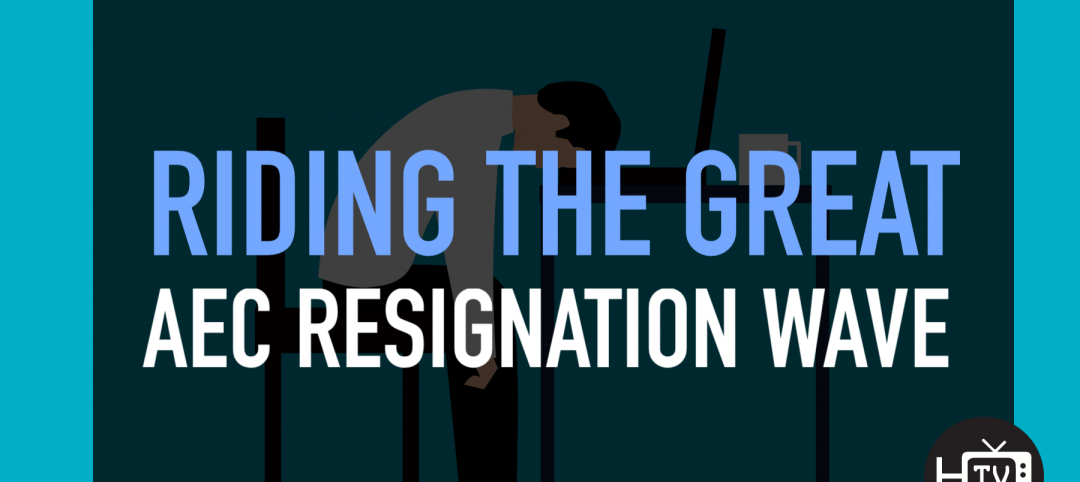Cities around the U.S. are taking notice of New York's highly popular High Line elevated park system.
Both Chicago and Los Angeles are currently working on High Line-like projects. These projects essentially equal elevated parks, usually built on or near abandoned railway tracks. To see what New York has been up to so far, click here.
See the complete story from weburbanist.com here. All renderings courtesy of weburbanist.
The L.A. River Greenway Project
L.A. is currently attempting to join 50 miles of walking and bike paths, some of which are still being created. Many paths already exist, but they force users to go through dangerous crossings and intersections. Eventually, the project is meant to incorporate public space, like yoga centers and bike-in movie theatres.
The Chicago 606 & Bloomingdale Trail Project
Centered around the Bloomingdale Trail, this multiple-mile long trail is already partway finished. The elevated path runs parallel to railroad tracks heading east and west. This project means revitalizing dilapidated train tracks and improving upon green space, and also connecting Lake Michigan with the downtown area.
QueensWay
This project takes us back to New York, where it is an attempt to turn over 3 miles of abandoned railway in Central Queens into a High Line Park.
Related Stories
Multifamily Housing | Oct 21, 2021
Chicago’s historic Lathrop public housing complex gets new life as mixed-income community
A revitalized New Deal–era public housing community in Chicago brings the Garden City movement of yesteryear into the 21st century.
Sponsored | BD+C University Course | Oct 15, 2021
7 game-changing trends in structural engineering
Here are seven key areas where innovation in structural engineering is driving evolution.
| Oct 14, 2021
The future of mass timber construction, with Swinerton's Timberlab
In this exclusive for HorizonTV, BD+C's John Caulfield sat down with three Timberlab leaders to discuss the launch of the firm and what factors will lead to greater mass timber demand.
Multifamily Housing | Oct 12, 2021
Affordable and sublime: 13 projects that represent the future of affordable housing
These projects prove that it’s possible to develop aesthetically pleasing, high-quality housing for low-income families, the homeless, and veterans.
Building Owners | Oct 12, 2021
6 ways building owners can own their construction projects
Building owners have an important role in executing their capital projects and can greatly increase their project’s chances of success by understanding and actively managing a few key factors.
AEC Tech Innovation | Oct 7, 2021
How tech informs design: A conversation with Mancini's Christian Giordano
Mancini's growth strategy includes developing tech tools that help clients appreciate its work.
Green | Oct 6, 2021
My reaction to the UN IPCC Climate Change 2021 report: Ugh!
The recent report of the UN Intergovernmental Panel on Climate Change is not a happy read.
Sponsored | Glass and Glazing | Oct 1, 2021
Specifying Responsibly to Save Birds’ Lives
Realizing sustainable, bird-friendly glass design
Sponsored | Glass and Glazing | Oct 1, 2021
Seizing the Daylight with BIPV Glass
Glass has always been an idea generator. Now, it’s also a clean energy generator.
Architects | Sep 30, 2021
Riding the great AEC resignation wave
More people than ever are reconsidering what work and career mean. What can AEC firms do to recruit and retain workers in this changing workplace environment? Karl Feldman, Partner with Hinge Marketing, discusses ideas and strategies with BD+C's John Caulfield in this exclusive interview for HorizonTV.




















